Good Vibrations: The Hysterical History of Vibrators
I’m writing this in my Toronto apartment after being freshly fucked. By my boyfriend. With his vibrator. While he’s stationed overseas. ‘Tim, how is that possible?’ Technology, babe. This isn’t a sponsored post, but I want to thank the people at Lovense for making it happen with their Bluetooth controlled vibrators. Y’all know how to treat a girl right.
The vibrator has come a long way. Pun very much intended. From as big as a dining table to as small as a pen, vibrators have evolved as we have evolved. Our changing attitudes towards sex and prioritizing pleasure have been key factors in its development. But it’s worth noting that the origin of the vibrator is kind of…weird?
While sex toys have been around since cavemen times, the early origins of the vibrator date back to the 19th century Victorian era. Back then there was something called “female hysteria” which is basically a sexist term for a woman having any sort of feelings like anxiety, depression, or feeling horny. Clearly all things not felt in men. And this was considered a medical diagnosis! The common belief at the time was that hysteria was caused by a “wandering womb” or some sort of block in their genitals, and the only way to cure this was massaging the clit and pelvic area which would cause a “hysterical paroxysm.” A funny way to call an orgasm.
The men would observe their wives experiencing a hysterical episode. Rather than staying at home to talk about their problems like a mature adult, they referred their wives to a doctor to get a pelvic massage and make them cum. The demand for these massages became popular, and doctors could not keep up. No, literally. It would take them like an hour to make women cum by hand. Fucking losers. Long hours of manual labor eventually lead to arthritis. There’s got to be an easier way to make these women cum faster.
A man named George Taylor (because of course it would be a man…) invented a machine called the Manipulator. Basically it was a dinner table with a vibrating ball in the middle where patients would sit on it to get their orgasm. The only problem was that it was running on a steam powered engine that had to be set in a separate room. Plus having to shovel coal all the time made it hard to make house calls.
Text reads:
“The Improved Movement Cure Institute”
It is a clinical fact that mechanical massage is a specific for the most sever and obstinate forms of chronic diseases. All Pelvic Diseases of Women, as well as affections of either the Nervous Circulatory, Muscular or Digestive System, regardless of the special names by which they are designated, are particularly amenable to this form of treatment.Jump forward to 1883 where a man (again?!) named Dr. Joseph Mortimer Granville upgraded George’s design to make it handheld and electric-powered. The funny thing is that Joseph’s vibrator was originally designed to be used on men for their muscle aches. Around the early 1900s vibrators stopped becoming exclusively medical tools and were marketed as household appliances for everyday use. One of the first brands to sell household vibrators was Hamilton Beach. Yup. The same brand that blends, slow cooks, and air fries your food also makes you cum.
Just because these were becoming popular household appliances does not mean that their sexual use was lost on people. Because advertisers were not allowed to market anything perverse, they found a loophole by promoting it as health and beauty and wellness products. Headache? Vibrator. Upset stomach? Vibrator. Impotent? Vibrator. Basically a vibrator would cure you of literally everything. Can it cure the lack of my father’s approval? I’ll report back soon. Around the 1920s vibrator ads faded into obscurity because vibrators started making their debut in porn, and that gave the vibrator a dirty reputation that people didn’t want to associate with. Shocker.
The 1960s was the decade of the sexual revolution, and vibrators were coming up in ads and commercials again. Only this time they were marketed for what they were: sex toys. A man (for fuck’s sake) named Jon H. Tavel applied for a patent of the “cordless electric vibrator for use on the human body” which gave rise to improvements such as multi-speed functionality and multiple attachments making it more inexpensive to manufacture and easier to clean.
The COVID-19 pandemic also played a role in the mainstream acceptance of vibrators. Multiple North American companies reported a significant increase in sex toy sales. Adam and Eve reported a 30% increase in sales during March and April 2020 compared to 2019. Wow Tech Group reported a 200% increase in online sales during April of 2020 compared to April 2019. Cotr Inc. reported in April 2020 that their sales increased by 80% compared to March 2020.
Vibrators now come in many shapes, sizes, colors, and functions ensuring that there will always be a vibrator fit for every body. They don’t care about what’s between your legs or where you place them. I use mine on my butthole as well as my aching neck. So go get yourself a toy that will be there for you even after you cum. Thanks, Dr. Granville. I GUESS.





